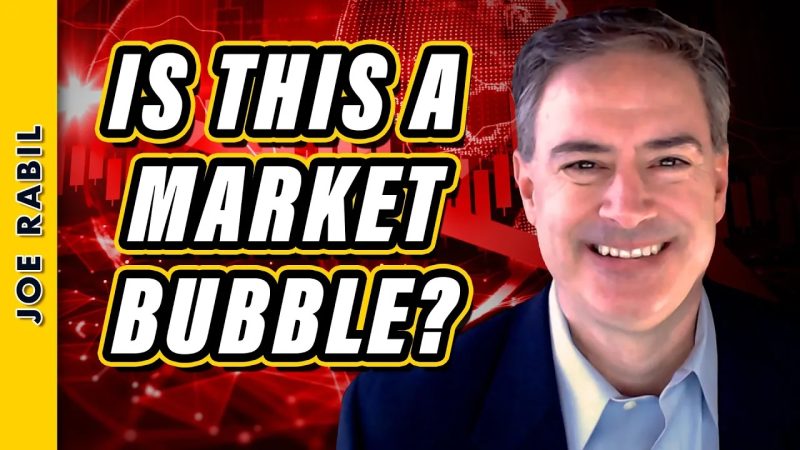In the fast-paced world of finance and investing, it can be difficult to discern between a market bubble and investor mania. Both phenomena can have significant impacts on the financial markets, leading to inflated asset prices and increased volatility. Understanding the distinctions between these two concepts is crucial for investors looking to navigate the markets effectively and make informed decisions.
A market bubble typically occurs when asset prices are driven above their intrinsic value by speculative buying. This can be fueled by various factors, such as excessive optimism, easy credit conditions, or herd mentality among investors. Bubbles often result in a rapid increase in asset prices, creating a sense of euphoria among market participants. However, this unsustainable rally is usually followed by a sharp decline, known as a market correction, as reality sets in and investors rush to sell their overvalued assets.
On the other hand, investor mania refers to a psychological phenomenon where market participants exhibit irrational exuberance and enthusiasm for a particular asset or investment strategy. This can lead to extreme price movements that are not supported by fundamentals, creating a disconnect between market valuations and reality. Investor mania is often characterized by a herd mentality, where investors follow the crowd without conducting proper due diligence or risk assessment.
It is essential for investors to be wary of both market bubbles and investor mania, as they can have dire consequences for their portfolios. In the case of a market bubble, investors should be cautious of overly optimistic sentiment and be prepared for a potential market correction. Conducting thorough research and analysis can help investors identify overvalued assets and avoid being caught up in speculative buying frenzies.
Similarly, in the case of investor mania, investors should be mindful of irrational market behavior and avoid making impulsive investment decisions based on hype or sentiment. Maintaining a disciplined investment approach, focusing on fundamentals, and diversifying their portfolios can help investors mitigate the risks associated with investor mania and protect their capital in volatile market conditions.
In conclusion, distinguishing between a market bubble and investor mania is essential for investors seeking to navigate the financial markets successfully. By understanding the underlying causes and characteristics of these phenomena, investors can make informed decisions, manage risks effectively, and position themselves for long-term success in their investment endeavors. Staying vigilant, conducting thorough research, and maintaining a disciplined investment approach are key strategies for investors to navigate market bubbles and investor mania and achieve their financial goals.

